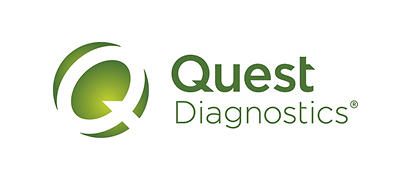DOES FLUFFY MAKE YOU STUFFY?
Know with new Quest allergy tests available at questhealth.com
Introducing two new Quest exclusives: Cat Allergy Test and Dog Allergy Test, each with reflex to components. Understand if your pet's dander is contributing to your sneezing, wheezing, and itching. Even more, learn if changing your cat’s diet could alleviate certain allergy symptoms, or uncover if you are allergic to an allergy component found only in male dogs.




